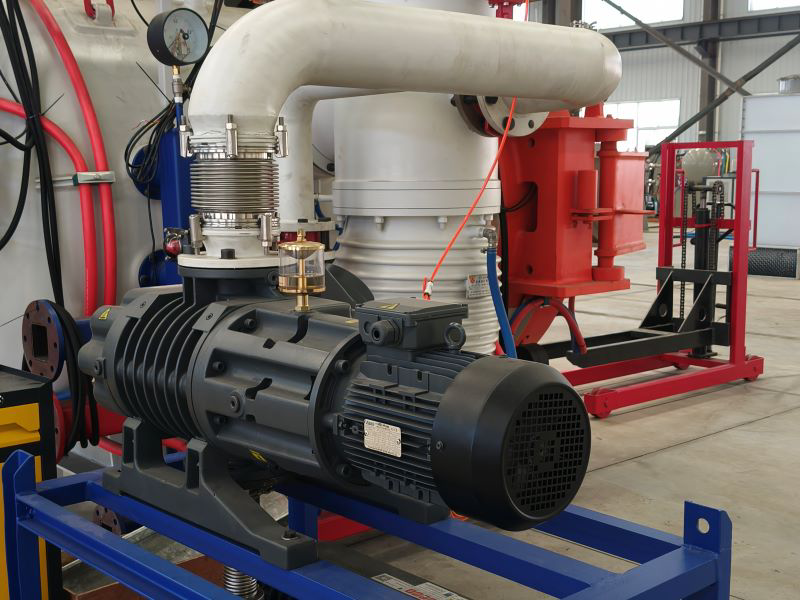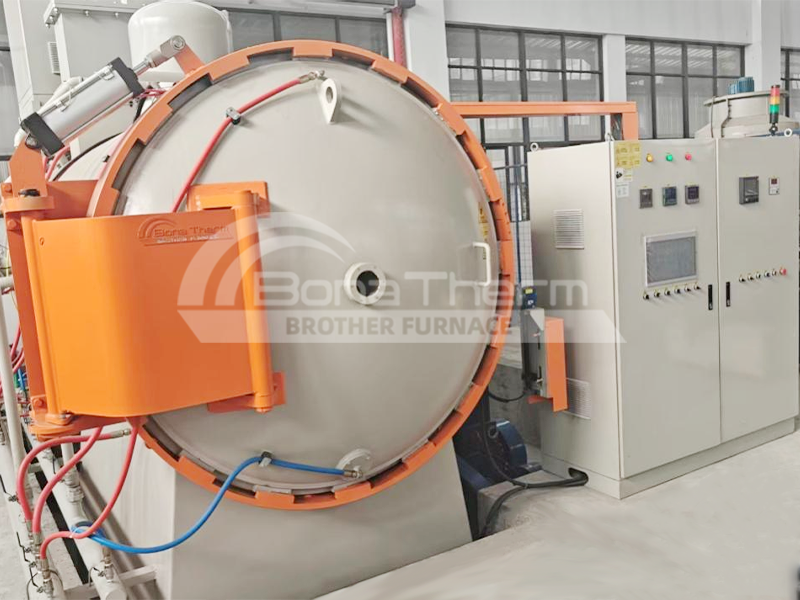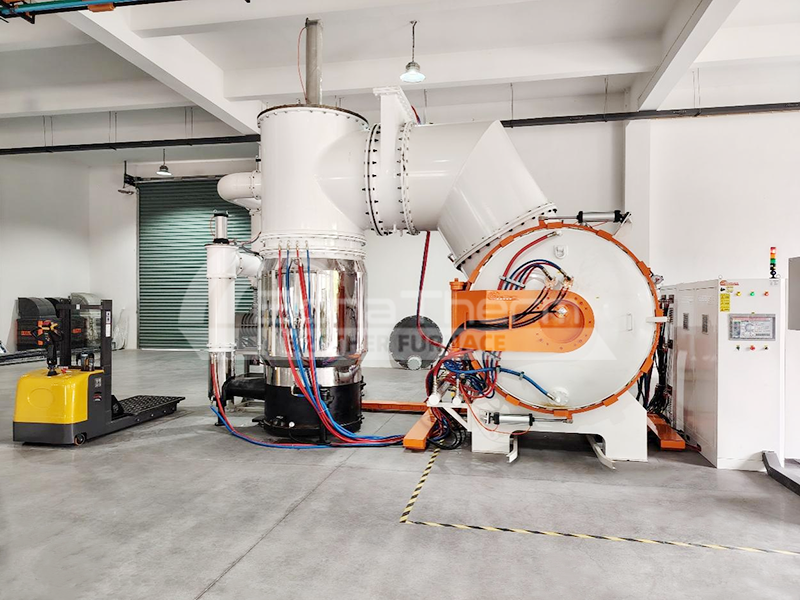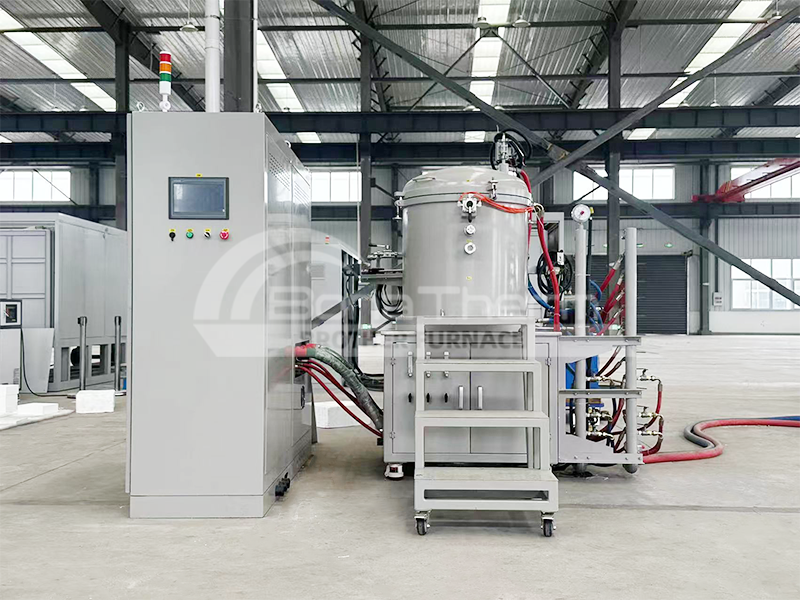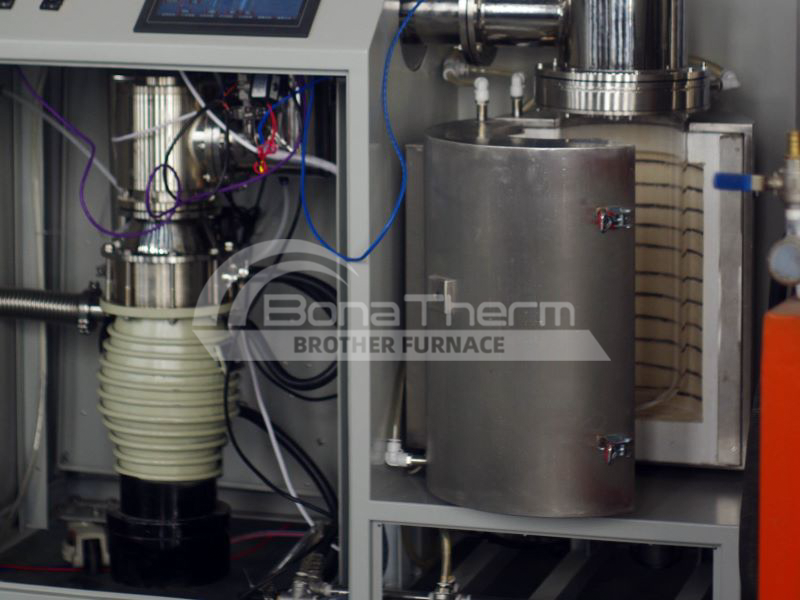Anomaly Analysis of Vacuum Furnace Vacuum System: A Troubleshooting Approach from Outgassing to Leakage
- By: Brother Furnace
- 2025-10-14 00:46
During the operation of a vacuum furnace, system anomalies are often related to degassing and leakage.
Accurate troubleshooting methods are the key to solving the problem, and distinguishing between degassing and leakage in the vacuum system is also crucial.
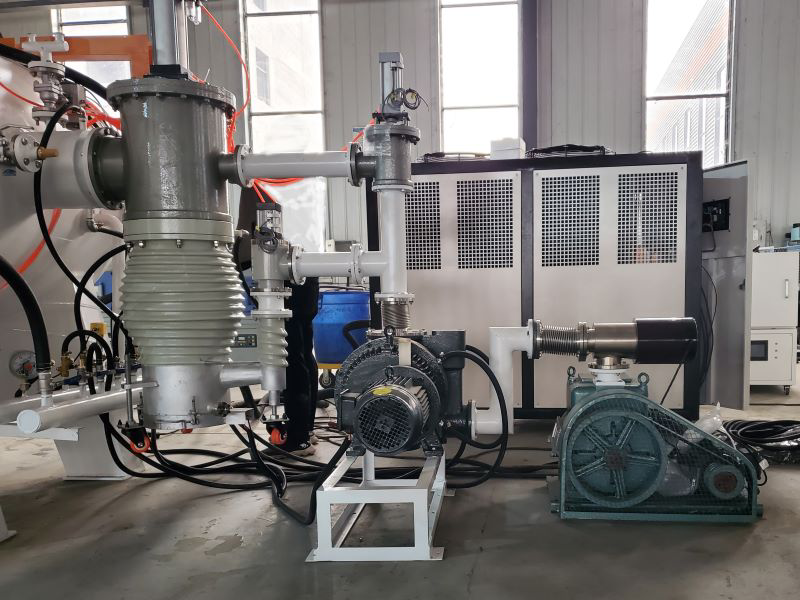
What is vacuum outgassing?
1. Outgassing means active venting:
It is an essential step in the vacuum furnace process. Its core function is to restore the vacuum in the chamber to atmospheric pressure after sintering, annealing, and other processes are completed.
This facilitates material removal, workpiece replacement, and furnace cleaning while preventing negative pressure from making the chamber door difficult to open or sudden airflow.
2. The physical principle of vacuum outgassing:
This process involves artificially increasing the number of gas molecules inside the furnace.
At the end of the process, the furnace is at a high vacuum, with the pressure much lower than outside.
Controlled inflation allows the pressure inside the furnace to equalize with the outside pressure, allowing the furnace to be opened safely.
3. Vacuum outgassing operation process:
After the process is complete and the chamber temperature has dropped to a safe level, turn off the vacuum pump.
Introduce dry air, nitrogen, or argon into the chamber until the pressure reaches normal atmospheric level, then open the chamber door.
4. Vacuum outgassing characteristics:
The vacuum outgassing phenomenon is controllable and planned.
The filled gas is usually dried and filtered, so it does not affect the vacuum system’s sealing performance.
5. Process venting details:
Some processes may experience outgassing during the heating phase.
This is the process by which the material releases adsorbed gases, such as oxide decomposition, evaporation of workpiece oil, and volatilization of hydrocarbons.
While this outgassing temporarily reduces the vacuum level, it is a characteristic of the material, and the vacuum level will return after the gas is released.
It does not indicate an equipment leak.
What is vacuum leakage?
1. Passive venting refers to leakage:
Passive outgassing is actually a vacuum furnace leak caused by a seal or structural failure.
It refers to uncontrolled gas infiltration from outside the chamber during vacuum pumping or vacuum maintenance, or abnormal release from gaps in the chamber lining or workpieces.
2. The physical principle of vacuum leakage:
Because the vacuum and pressure inside the furnace are much lower than those outside, gas molecules flow into the chamber due to the pressure difference.
This phenomenon causes the gas inside the chamber to increase and the vacuum degree to decrease.
3. Common causes of leakage:
Weld seams, flanges, improperly sealed valves, water cooling system leaks, and gas released from chamber lining materials or workpiece surfaces when heated.
The chamber seal fails, such as cracks in the weld, wear and deformation of the flange sealing gasket, and damage to the valve sealing surface, which makes it easy for air to enter.
4. Vacuum leakage characteristics:
Vacuum leaks are uncontrollable and dangerous.
Leakage causes the vacuum level to drop, affecting heating efficiency and process quality, and may be accompanied by oxidation, contamination, and other issues.
If passive deflation is found, the machine should be shut down immediately to check the leak point and repair the sealing failure to avoid further loss of equipment and products.
What are the common leak points in a vacuum furnace?
In vacuum heat treatment equipment, such as a vacuum gas quenching furnace, various common leak points can occur due to long-term use or improper maintenance.
1. Seals that fail due to aging, physical damage, or incorrect installation.
2. Metal sealing surfaces that are compromised by foreign particles or scratches.
3. Connection points such as electrodes and thermocouples.
4. Sealing areas around moving components like drive rods.
5. Weld seams with defects such as porosity or cracks.
6. Valves with worn or damaged sealing components that lead to failure.
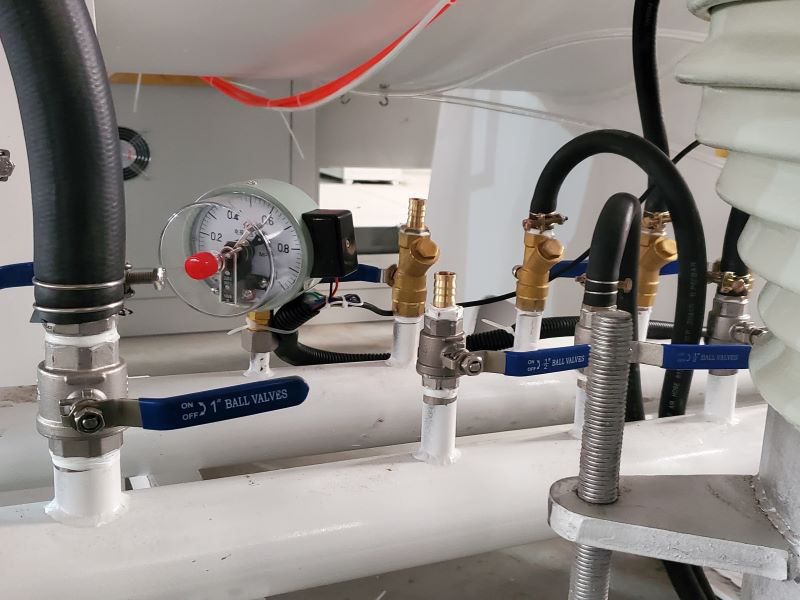
Here are some methods to detect vacuum leaks:
1. Soap bubble method:
Apply positive pressure(<0.2MPa) to the suspected leak site, then apply soapy water to the suspected leak site and observe for bubbles. This method is suitable for larger leaks.
2. Alcohol method:
Evacuate to a high vacuum, then inject alcohol into the suspected leak site with a syringe and observe whether the vacuum level decreases rapidly. This method is suitable for larger leaks.
3. Helium mass spectrometry leak detector:
The most accurate leak detection method.
4. Segmented pressure method:
If the chamber consists of multiple chambers, test each section in isolation to gradually reduce the scope of the leak.
The integrity of the vacuum system is the key to the normal operation of the equipment. If you want to know more about vacuum heat treatment furnaces or vacuum atmosphere furnaces, or how to use the device, we can provide you with a variety of solutions.

